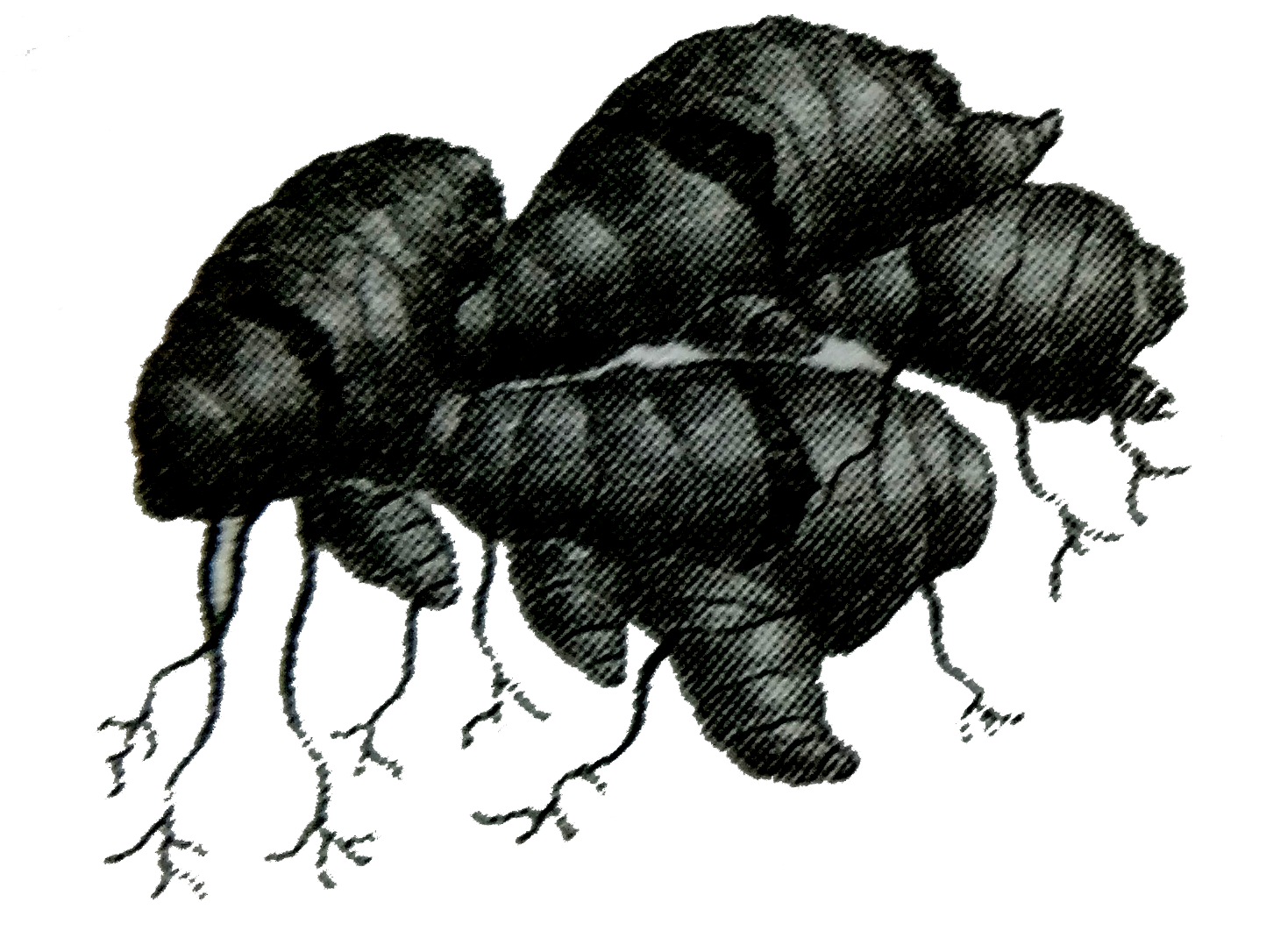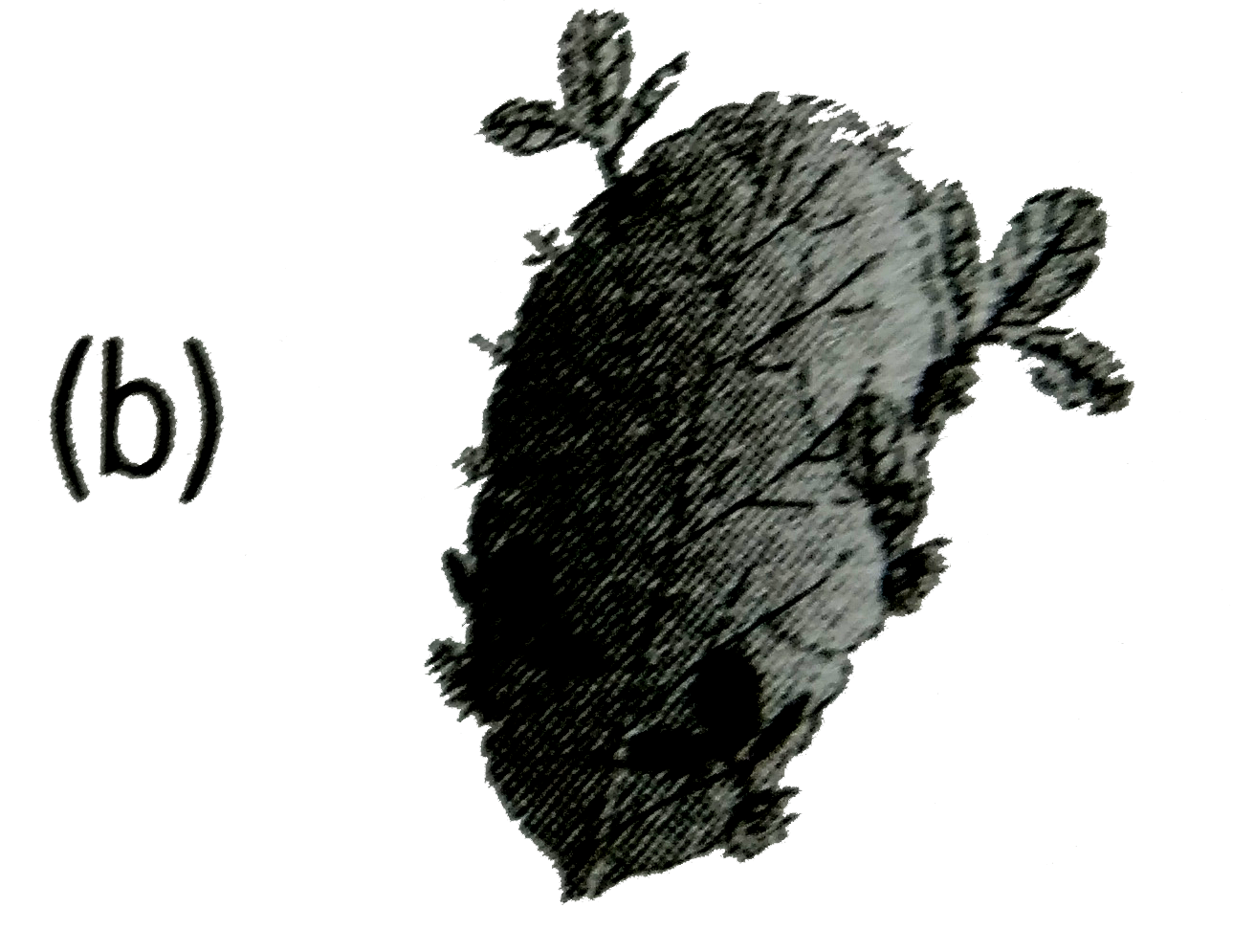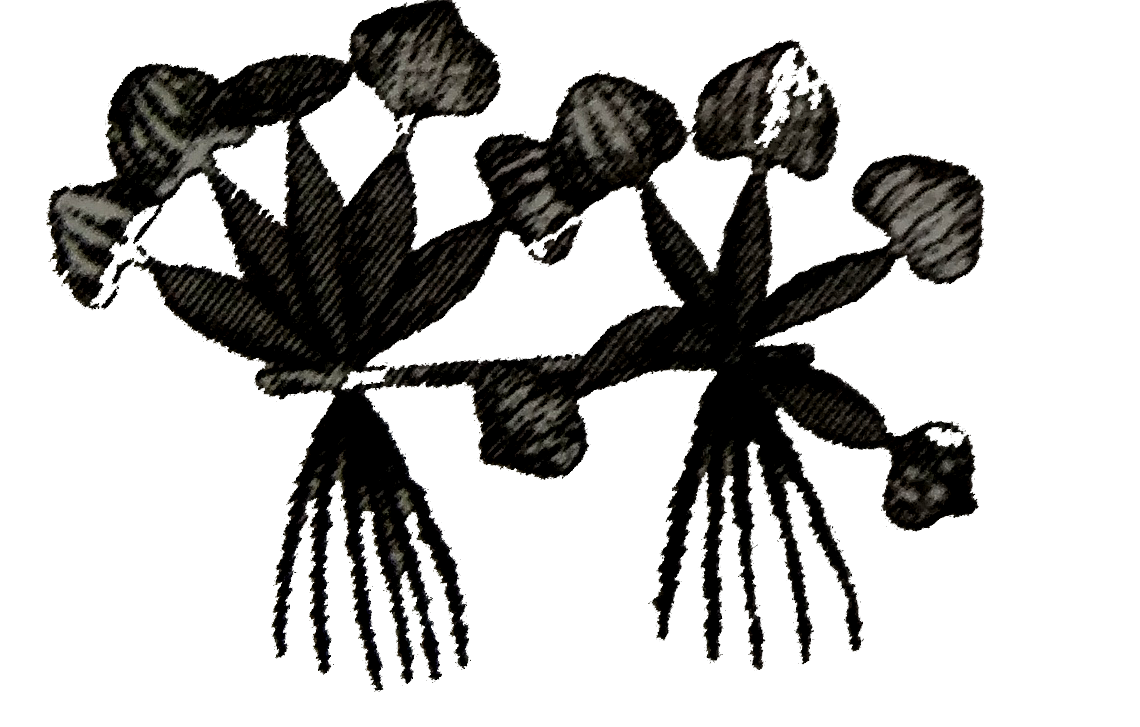Which of the following is a part of vegetative propagation?
Root
Stem
Leaf
All of the Above
The correct Answer is:B
Step-by-Step Solution:
1. Understanding Vegetative Propagation:
- Vegetative propagation is a method of asexual reproduction in plants where new individuals are produced from vegetative parts of the plant, such as leaves, stems, and roots, without the formation of seeds.
2. Identifying Vegetative Parts:
- The main vegetative parts of a plant that can participate in vegetative propagation are:
- Leaves: Some plants can produce new plants from their leaves.
- Stems: Certain plants can propagate through their stems, which may be modified into structures like tubers.
- Roots: Some plants can produce new plants from their roots.
3. Examples of Vegetative Propagation:
- Leaves: In Bryophyllum, new plants can grow from the edges of its leaves.
- Stems: In potatoes, which are tubers (modified underground stems), new plants can sprout from the eyes of the potato.
- Roots: In radishes and carrots, new plants can arise from the root itself. Sweet potatoes also propagate through modified roots.
4. Conclusion:
- Since all three parts (leaves, stems, and roots) can participate in vegetative propagation, the correct answer to the question "Which of the following is a part of vegetative propagation?" is that all of the above (leaves, stems, and roots) are involved in this process.
Final Answer: All of the above (leaves, stems, and roots) are parts of vegetative propagation.
---
- Vegetative propagation is a method of asexual reproduction in plants where new individuals are produced from vegetative parts of the plant, such as leaves, stems, and roots, without the formation of seeds.
- The main vegetative parts of a plant that can participate in vegetative propagation are:
- Leaves: Some plants can produce new plants from their leaves.
- Stems: Certain plants can propagate through their stems, which may be modified into structures like tubers.
- Roots: Some plants can produce new plants from their roots.
- Leaves: In Bryophyllum, new plants can grow from the edges of its leaves.
- Stems: In potatoes, which are tubers (modified underground stems), new plants can sprout from the eyes of the potato.
- Roots: In radishes and carrots, new plants can arise from the root itself. Sweet potatoes also propagate through modified roots.
- Since all three parts (leaves, stems, and roots) can participate in vegetative propagation, the correct answer to the question "Which of the following is a part of vegetative propagation?" is that all of the above (leaves, stems, and roots) are involved in this process.
Topper's Solved these Questions
Similar Questions
Knowledge Check
Which of the following is not used for vegetative propagation ?
ABudBBulbilCTurionDAntherozoidIn which of the following plants, vegetative propagation occurs by adventitious buds ?
A B
B C
C DNone of these
DNone of theseWhich of the following cannot serve as a vegetative propagule ?
AOrganismMode of multiplicationAgave, Oxalis BulbilsBOrganismMode of multiplicationAmoeba, Paramecium Binary fissionCOrganismMode of multiplicationChlamydomones, Ulothrix SporangiosporesDOrganismMode of multiplicationAdiantum caudatum Adventitou buds present at leaf tips
Which of the following statements about vegetative reproduction is incorrect ?
View SolutionLayering is used for vegetative propagation of
View SolutionLeaf helps in vegetative propagation in
View SolutionWhich of the following is better propagation mode to propagate television frequency and radar signals ?
View SolutionState two advantages of vegetative propagation.
View Solution